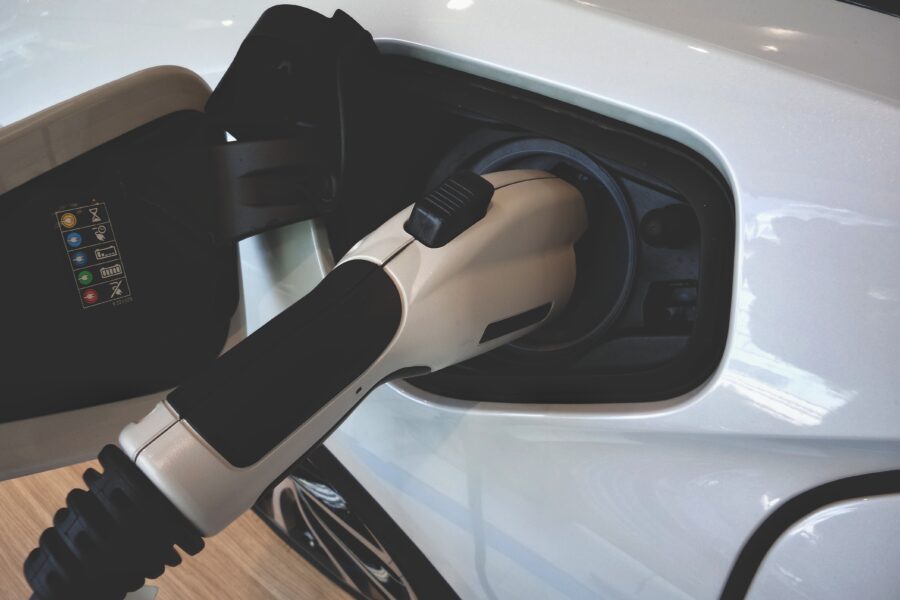AUTO ELETTRICHE

Alternative and green materials: what the electric cars of the future will look like
Among the metals that are environmentally sustainable, or at least most likely to be considered or become environmentally sustainable in the coming years, is aluminum. A metal for which it made headlines in June 2023 when Norwegian company Norsk Hydra ASA announced that it had succeeded in producing a first batch of recycled aluminum at a Spanish plant using 100 percent green hydrogen from renewable energy sources instead of gas.
One sector that is increasingly demanding certified green aluminum is automotive, and the trend may extend to many other industrial applications where demand for environmentally sustainable metals is expected to increase in the coming years. And where, therefore, suppliers in the supply chain must gear up to demonstrate to customers, with data evidence, the progress they have made toward greater environmental sustainability of their products and related manufacturing processes, starting precisely with the possibly more environmentally sustainable metals.
There are no eco-sustainable metals as such. Certainly certified carbon footprint and amount of recycled material are two key factors in assessing the degree of eco-sustainability. And aluminum is definitely among the nonferrous metals that can most aspire to become environmentally sustainable metals.
In terms of the carbon footprint of eco-sustainable metals, for a continent such as Europe that is highly dependent on imports of raw materials and primary metals, the focus is on Cbam, the new border carbon adjustment mechanism that will gradually replace the ETS emissions trading system with the stated aim of reducing so-called carbon leakage to non-EU production.
In terms of recyclability of environmentally sustainable metals, essential is the concept of permanent material, that is, endlessly reusable for different applications.
Aluminum is well positioned for both challenges.
Decarbonization: in this area, aluminum is the nonferrous metal to which the Cbam applies since the transitional phase starting October 1, 2023. The other metals initially subjected to the new European emission control rules are ferrous. After all, steel and aluminum alone contribute nearly 80 percent of the global GHG emissions from the downstream metals industry (4.2 Gt out of a total of 5.4 Gt). The entire aluminum industry in particular generates 2% of global GHG emissions (World Economic Forum data).
Recycling: with recycled aluminum comes 95% energy savings compared to production from raw materials. And, in the landscape of environmentally sustainable and aspiring metals, as recycling rates, aluminum ranks well, with a global Recycling Efficiency Rate (RER) figure of 76 percent. Italy in particular is at the top in Europe, where aluminum’s RER averages over 80 percent.
World demand for aluminum is expected to increase by 80 percent by 2050, when, however, according to data considered by the World Economic Forum, recycled aluminum will still not be able to meet more than 50 percent of global world demand. The rest will be primary aluminum production, to be decarbonized as much as possible.
Despite a very bearish 2023 market environment for primary and secondary aluminum, demand for green aluminum is nonetheless buoyant. Especially growing is the demand for certified aluminum in the automotive sector, as highlighted by industry players during the recent preview of the upcoming 63rd Faro Club Main Meeting scheduled to take place at the Kilometro Rosso in Bergamo, Italy, next Oct. 19-20.
On average, the transportation sector has absorbed 25 percent of the world’s aluminum consumption in recent years (World Economic Forum data). In Italy, data from 2020 estimated that the automotive industry alone used more than 40 percent of all aluminum used.
In the industry’s commitment to using environmentally sustainable metals, the trend of growth in the amount of aluminum used in automotive has been ongoing for three decades. The average per vehicle is expected to reach more than 200 kg in a few years.
The lightweight characteristics and recyclability of aluminum are decisive factors of choice for both electric and hybrid vehicles and those with more advanced internal combustion engines. Die-casting in particular is among the processing technologies that, for example in the field of chassis, allows manufacturers important advantages in terms of reduced investment and energy costs and simplified assembly lines.